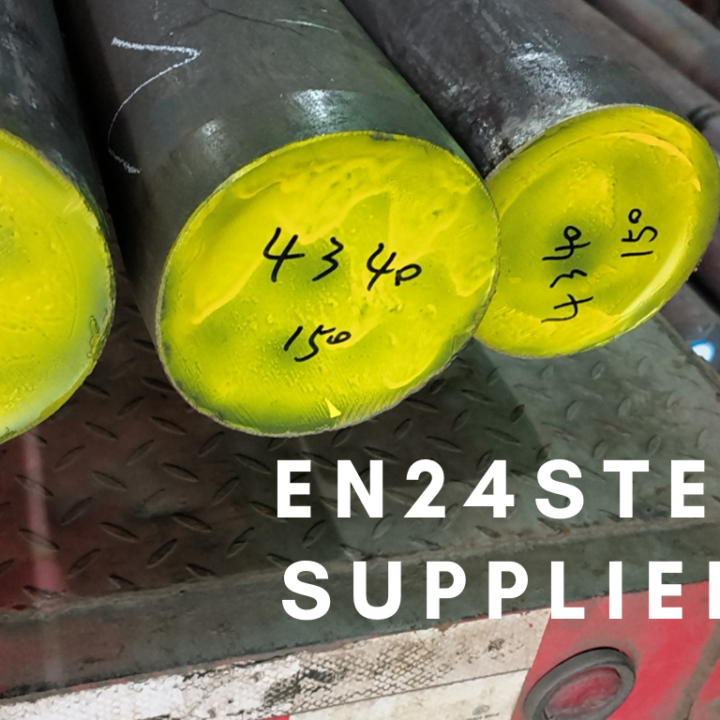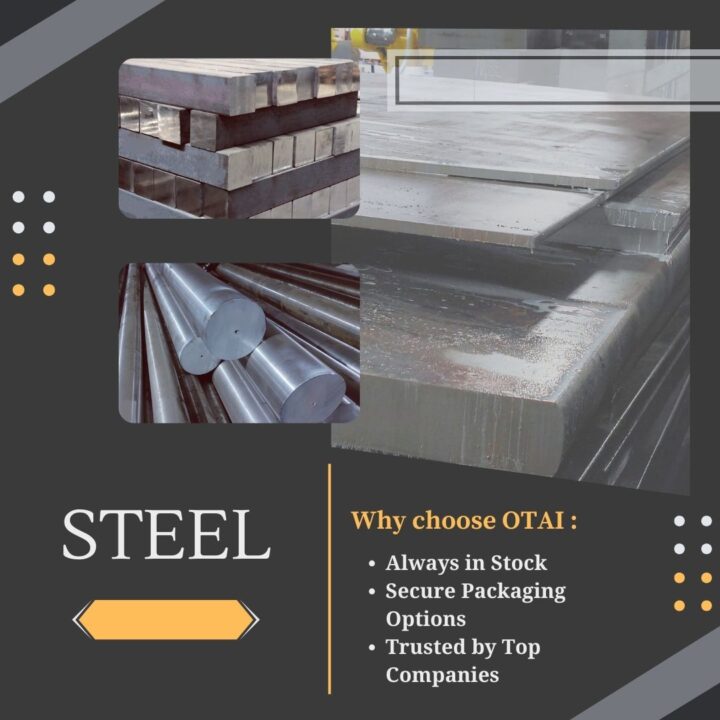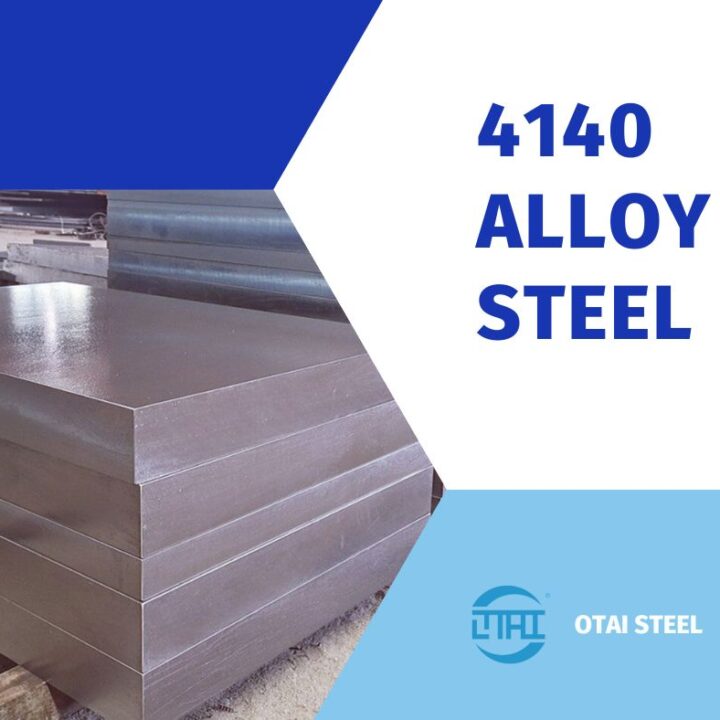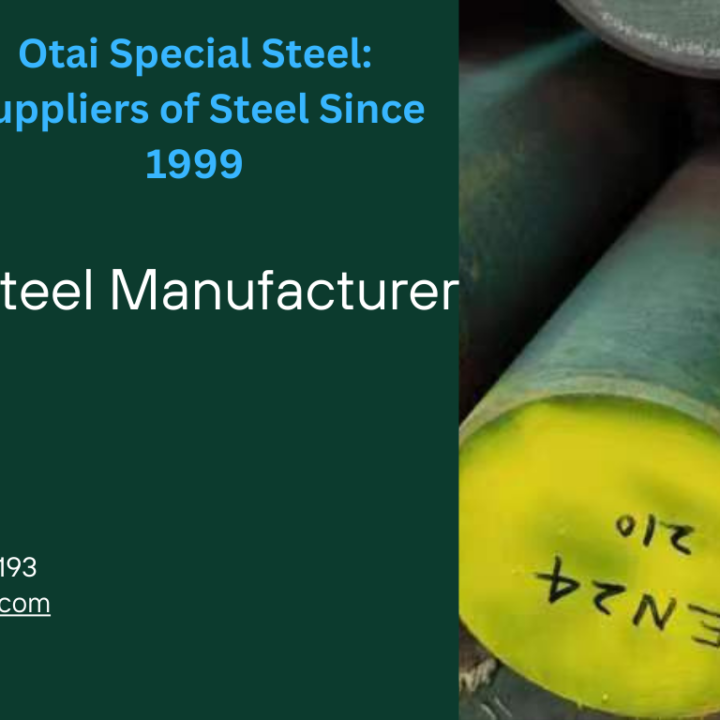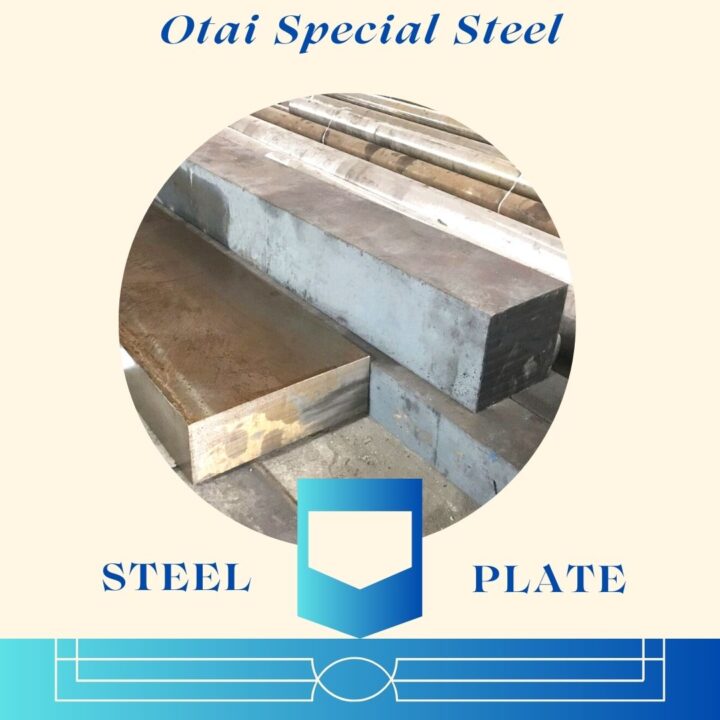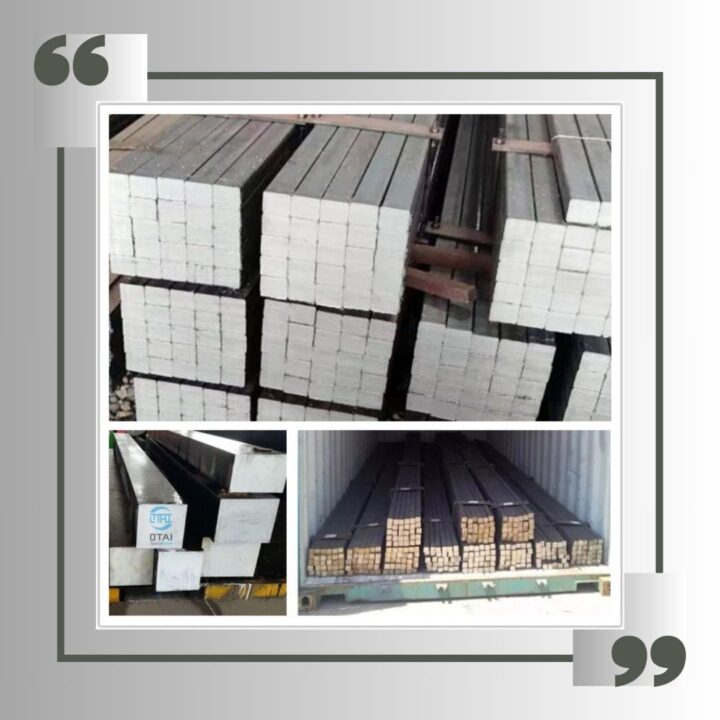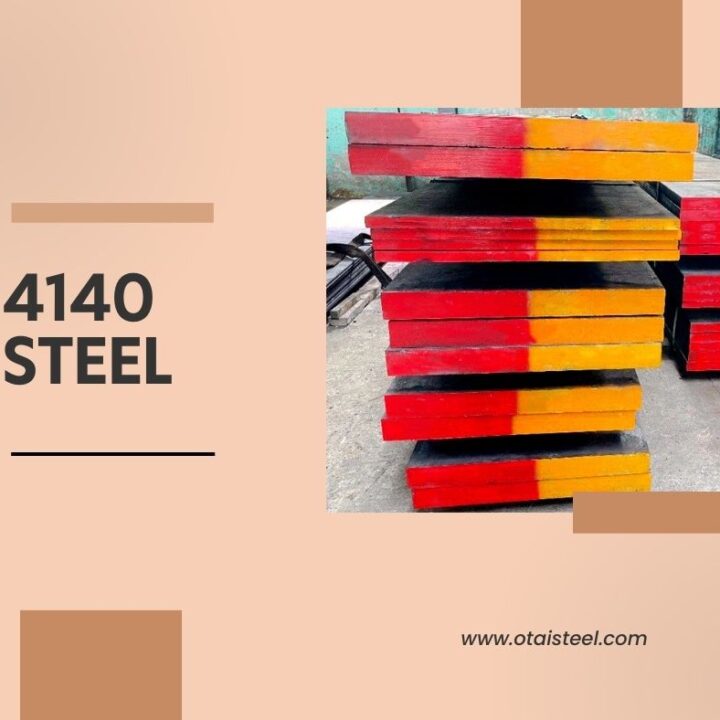Corrosion fatigue is a critical issue affecting the structural integrity and performance of metallic materials in various applications. Understanding the corrosion fatigue behavior of 4140 steel in various environments can help engineers and researchers develop effective strategies to mitigate its effects.
Corrosion Fatigue of 4140 Steel
- Effect of Environment on Corrosion Fatigue
The environment plays a crucial role in the corrosion fatigue behavior of 4140 steel. Different environments, such as neutral, chloride-rich, acidic, and alkaline, can have varying effects on the material’s fatigue life and crack growth rate.
- Effect of Stress on Corrosion Fatigue
The applied stress level is another important factor influencing corrosion fatigue. Higher stress levels can accelerate crack initiation and propagation, reducing the material’s resistance to corrosion fatigue.
- Mechanisms of Corrosion Fatigue
Corrosion fatigue mechanisms involve the interaction of mechanical and electrochemical processes. The cyclic loading creates localized plastic deformation, which facilitates the initiation of corrosion pits. The presence of corrosive species leads to the degradation of the passive film, promoting crack growth and eventual failure.
Experimental Methods
To investigate the corrosion fatigue behavior of 4140 steel, a series of experiments were conducted under controlled conditions. The following methods were employed:
- Sample Preparation
Specimens of 4140 steel were carefully prepared to ensure uniformity and reproducibility. Surface preparation techniques, such as grinding and polishing, were employed to remove any surface imperfections and achieve a standardized surface finish.
- Corrosion Fatigue Testing
Corrosion fatigue testing involved subjecting the specimens to cyclic loading while exposing them to specific environments. The cyclic loading was applied using a fatigue testing machine, and the number of cycles to failure was recorded.
- Environmental Conditions
Multiple environments were considered in the experimental setup to compare the corrosion fatigue behavior of 4140 steel. These environments included neutral conditions, chloride-rich solutions, acidic solutions, and alkaline solutions.
Results and Discussion
The results obtained from the corrosion fatigue testing in various environments revealed significant differences in the behavior of 4140 steel. The following sections discuss the findings for each environment:
- Corrosion Fatigue Behavior in Neutral Environment
In a neutral environment, the corrosion fatigue behavior of 4140 steel was relatively mild. The fatigue life and crack growth rate were influenced mainly by the applied stress levels rather than the corrosive effects.
- Corrosion Fatigue Behavior in Chloride-rich Environment
The presence of chloride ions significantly accelerated the corrosion fatigue of 4140 steel. Chloride-induced pitting corrosion initiated cracks, which then propagated rapidly under cyclic loading, leading to reduced fatigue life.
- Corrosion Fatigue Behavior in Acidic Environment
Acidic environments posed a severe challenge to the corrosion fatigue resistance of 4140 steel. The combination of mechanical stress and acidic corrosion led to rapid crack growth and reduced fatigue life.
- Corrosion Fatigue Behavior in Alkaline Environment
In alkaline environments, the corrosion fatigue behavior of 4140 steel exhibited improved resistance compared to acidic environments. The alkaline conditions offered some protection against corrosion, resulting in increased fatigue life.
Factors Affecting Corrosion Fatigue
Several factors influence the corrosion fatigue behavior of 4140 steel. These factors should be considered when designing for corrosion fatigue resistance:
- Material Composition
The chemical composition of 4140 steel, including alloying elements and impurities, can affect its corrosion resistance and fatigue properties.
- Environmental Factors
The specific environment, including pH, temperature, and presence of corrosive species, significantly influences the corrosion fatigue behavior of 4140 steel.
- Applied Stress
The applied stress level during cyclic loading plays a critical role in corrosion fatigue. Higher stress levels can accelerate crack initiation and propagation.
- Surface Condition
The surface condition of the material, including surface finish and the presence of defects or surface treatments, can affect its susceptibility to corrosion fatigue.
Mitigation Strategies
To mitigate the effects of corrosion fatigue on 4140 steel, various strategies can be employed:
- Surface Treatments
Applying protective surface treatments, such as coatings or plating, can enhance the corrosion resistance of 4140 steel and improve its fatigue life.
- Protective Coatings
The use of corrosion-resistant coatings, such as zinc or epoxy coatings, can provide a barrier between the steel surface and the corrosive environment, reducing the likelihood of corrosion fatigue.
- Environmental Control
Implementing measures to control the environment, such as maintaining pH levels or reducing the concentration of corrosive species, can help mitigate the effects of corrosion fatigue.
- Stress Control
Optimizing the applied stress levels during design and operation can reduce the likelihood of corrosion fatigue failures. Proper stress analysis and design considerations are crucial in achieving this.
By considering factors such as material composition, environmental conditions, applied stress, and surface condition, mitigation strategies can be implemented to enhance the corrosion fatigue resistance of 4140 steel.
